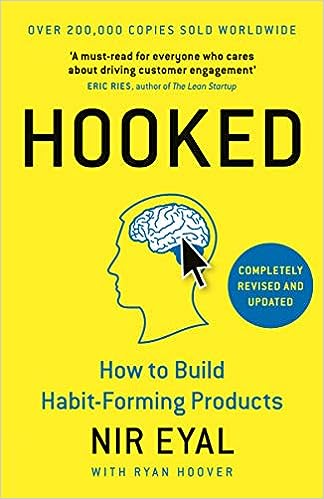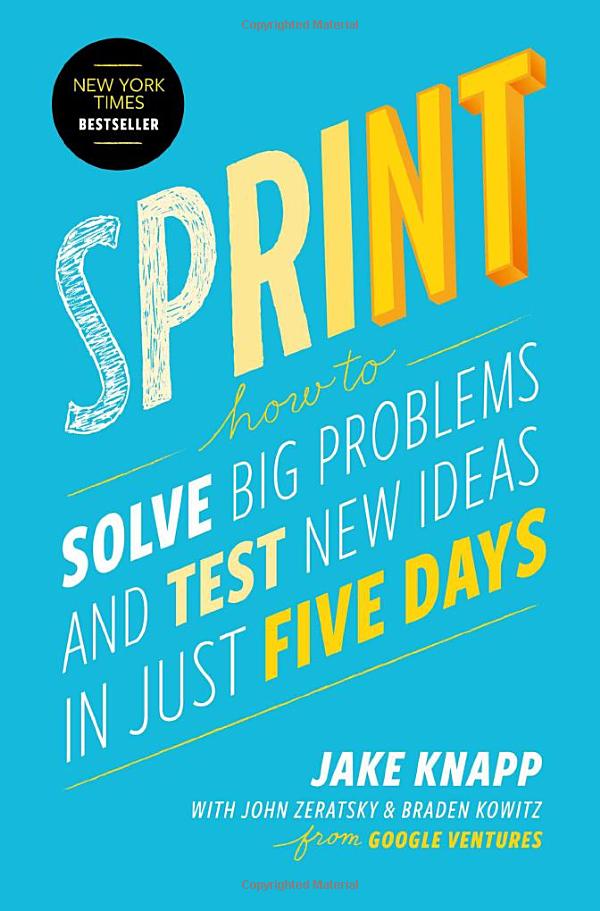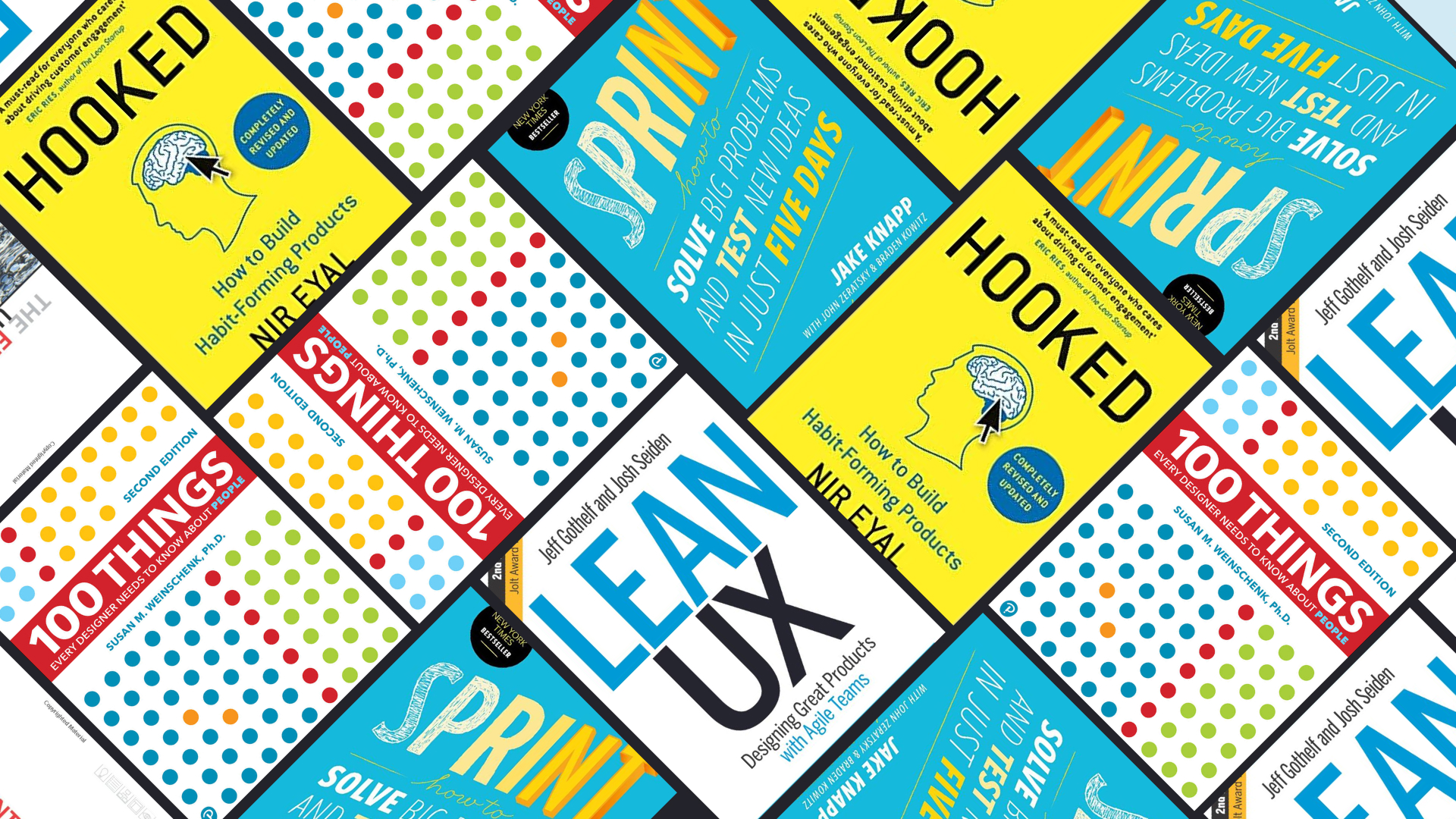Affiliate Disclosure:
Just a heads-up, this blog post contains affiliate links to the UX design books mentioned. This means if you make a purchase through these links, I may earn a commission, at no extra cost to you. Rest assured, I’ve handpicked these books for their value to beginners in the UX design field. Whether you use the links or not, my goal is to provide valuable and insightful content. Happy reading and learning!
Introduction: Navigating the Journey to Exceptional UX Design
In today’s rapidly evolving digital landscape, where user experiences define the success of products and services, User Experience (UX) design has emerged as a crucial cornerstone of innovation. As you embark on your quest to unravel the captivating realm of UX, you’re entering a domain where creativity, psychology, and technology seamlessly converge, giving birth to meaningful digital interactions. While the path ahead may appear daunting, rest assured that within the pages of this comprehensive guide, you’ll discover a carefully curated selection of seven transformative books on UX design, which are widely regarded as the best books for UX design beginners, encompassing the best UI/UX design books for beginners and serving as your compass on this journey. These literary companions are not mere books; they are your guiding stars, illuminating the way to craft immersive, user-centered digital experiences that leave an indelible imprint.
A Pragmatic Initiation for Beginners in UX Design
Hooked: How to Build Habit-Forming Products (by Nir Eyal)

In the ever-evolving landscape of UX design, crafting products that not only captivate users but also foster habitual engagement is a hallmark of success. Nir Eyal’s “Hooked: How to Build Habit-Forming Products” serves as a guiding beacon for designers seeking to understand the intricacies of user behavior and create experiences that become an integral part of users’ lives.
Drawing from behavioral psychology, cognitive neuroscience, and his own experience as a designer, Eyal unveils the secrets behind what makes certain products habit-forming. He introduces the “Hook Model,” a four-step framework that delves into the psychological triggers that drive users to form habits around products. The model encompasses Trigger, Action, Variable Reward, and Investment, providing a comprehensive blueprint for designers to architect experiences that resonate and endure.
Eyal’s insights transcend mere theory, as he elucidates each component of the Hook Model with real-world examples and case studies. From social media platforms to innovative tech products, Eyal dissects the mechanics that underpin habit-forming user interactions. This practical approach empowers designers to wield psychology as a potent tool, constructing experiences that seamlessly integrate into users’ routines and cultivate lasting engagement.
“Hooked” doesn’t merely delve into the “what” of habit-forming design; it also explores the ethical implications of influencing user behavior. Eyal navigates the ethical tightrope, offering guidelines and considerations to ensure that designers wield their influence responsibly and create products that genuinely enrich users’ lives.
For beginners venturing into the realm of UX design, “Hooked” extends a profound understanding of human psychology, behavior, and engagement. By mastering the art of habit-forming design, you’ll be equipped to craft products that go beyond aesthetics, transcending into the realm of user-centric experiences that forge lasting connections.
Whether you’re a fledgling designer or a seasoned professional, “Hooked” beckons you to delve into the intricate dance of psychology and design, unraveling the mechanisms that spark user engagement and cultivating products that become indispensable companions in users’ digital journeys.
Sprint: How to Solve Big Problems and Test New Ideas in Just Five Days (by Jake Knapp, John Zeratsky, and Braden Kowitz)

In a realm where innovation thrives on agility, “Sprint” by Jake Knapp, John Zeratsky, and Braden Kowitz introduces a groundbreaking approach to UX design, making it one of the best UX design books for beginners. This book unveils the concept of design sprints—a compact five-day process that catapults you from ideation to validation at an unprecedented pace. By delving into real-world case studies and offering actionable insights, you’ll uncover the art of condensing months of work into an intense week of prototyping, testing, and refining. “Sprint” empowers you to infuse your design process with efficiency and user-centered thinking, nurturing innovation that deeply resonates with your audience.
In the realm of UX design, where staying ahead of the curve is paramount, “Sprint” emerges as a guiding star that propels your creativity with unparalleled velocity. Drawing on their wealth of experience at Google Ventures, the authors introduce a methodology that harnesses the power of collaboration, focus, and rapid iteration, making it a perfect choice for beginners in UI/UX design.
The core of the sprint methodology lies in its meticulously crafted five-day structure—a sequence designed to transform uncertainty into clarity. The initial stages encompass defining the problem and ideating solutions, where diverse viewpoints converge to generate a spectrum of ideas. Progressing through prototyping and testing, the sprint culminates in actionable insights that inform your design decisions with laser precision.
What sets “Sprint” apart is its unwavering emphasis on time efficiency. In a realm where innovation unfolds at a relentless pace, the sprint methodology equips you with a framework to expedite your design process without compromising quality, which is especially beneficial for beginners in the field of UX design. By distilling months of work into a focused week, you create a space for experimentation, daring leaps, and iterative enhancements.
The real-world case studies interspersed throughout the book stand as testaments to the transformative potential of sprints. Spanning startups to established corporations, these narratives illustrate how design sprints have ignited innovation, mitigated risks, and unlocked ingenious solutions. These stories not only ignite inspiration but also underscore the universal applicability of the sprint methodology.
“Sprint” extends beyond a mere methodology; it instills a mindset of agility and adaptability. The book’s principles, spanning from the art of prototyping to the finesse of user testing, empower you to infuse user-centric thinking into every facet of your design expedition. By embracing the sprint methodology, you amplify your ability to craft designs that reverberate with users while navigating the ever-evolving panorama of digital experiences, a crucial lesson for beginners.
In an age where disruption is the norm and design cycles are condensed, “Sprint” emerges as a beacon of innovation. By distilling design into a concentrated, time-bound process, this book empowers you to metamorphose concepts into tangible, validated solutions at unparalleled speed. Whether you’re a seasoned designer yearning for fresh perspectives or a newcomer venturing into the realm of UX design, “Sprint” beckons you to embrace a methodology that propels your creativity, fosters collaboration, and ultimately launches your design practice into uncharted territories of excellence, making it an ideal choice for beginners in UI/UX design.
Lean UX: Designing Great Products with Agile Teams (by Jeff Gothelf and Josh Seiden)

In an epoch of perpetual transformation, adaptability stands as the hallmark of triumphant UX design. “Lean UX” by Jeff Gothelf and Josh Seiden extends an illuminating beacon through the labyrinth of shifting landscapes, making it one of the best books for beginners in UX design. This book champions cross-functional collaboration, rapid experimentation, and iterative user feedback as the cornerstones of a resilient design approach. By infusing user insights throughout your design expedition, you’ll discover the art of crafting solutions that evolve harmoniously with ever-evolving user needs. The lean methodologies elucidated in the book empower you to optimize resources, minimize waste, and cultivate a culture of perpetual refinement, ensuring your designs persistently resonate and excel.
In a world defined by mercurial user preferences and advancing technology, “Lean UX” materializes as a compass, adeptly navigating the tumultuous seas of design. Inspired by lean and agile methodologies, the authors advocate an approach that prizes learning over delivery and collaboration over isolation, making it a perfect choice for beginners in UI/UX design.
The book commences by dismantling conventional notions of design documentation, accentuating the transitory nature of sketches, prototypes, and experiments. The authors ardently champion the integration of designers, developers, and stakeholders into cross-functional teams, pooling their diverse perspectives to collaboratively shape design choices. This co-creative model fosters a symphony of viewpoints, metamorphosing design from an isolated endeavor into a shared odyssey, a critical lesson for beginners.
At the core of lean UX lies the concept of experimentation. Rather than relying on conjecture, designers are encouraged to formulate hypotheses and subject them to real user scrutiny. This approach, akin to the scientific method, transmutes design into a cycle of learning, validation, and enhancement. By embracing the inherent uncertainty of experimentation, you equip yourself to make informed design decisions that seamlessly align with user preferences, an invaluable lesson for beginners.
“Lean UX” equally underscores the potential of early and continuous user feedback. The book introduces techniques like “validated learning” and “minimum viable products” (MVPs), enabling you to glean insights from actual users in the nascent stages of design. This iterative feedback loop, nurtured by successive cycles, expedites your capacity to pinpoint and rectify design flaws, culminating in solutions that intimately resonate with user anticipations, an indispensable skill for beginners in UI/UX design.
Perhaps the most transformative facet of “Lean UX” resides in its reimagination of collaboration. By dismantling silos and nurturing an environment of collective ownership, the book prompts teams to rally around a shared vision. This communal responsibility extends beyond individual tasks, engendering camaraderie and mutual support that suffuse your design expedition with dynamism and resolve.
As you navigate the expanse of “Lean UX,” you’re not merely assimilating a design methodology; you’re fostering a mindset of perpetual learning and evolution. The book’s tenets empower you to embrace uncertainty, embrace change, and maintain agility in a landscape characterized by flux, making it a pivotal resource for beginners in the field of UX design. Whether you’re orchestrating a design project within a collaborative ensemble or embarking on a solo odyssey, “Lean UX” equips you with the tools to mold designs that adapt, flourish, and reverberate in a realm that thrives on transformation.
The Psychology of Design (part of 100 Things Every Designer Needs to Know About People) (by Susan Weinschenk)

To forge designs that deeply resonate with users, an intimate understanding of human psychology is non-negotiable. The Psychology of Design” by Susan Weinschenk delves into the intricate interplay between design and human behavior, making it one of the best beginner books on UI/design. Exploring concepts like cognitive biases, emotional design, and behavioral triggers, this book imparts insights that transcend superficial aesthetics. By seamlessly integrating psychological principles into your design pilgrimage, you’ll craft experiences that tap into users’ emotions and instincts, nurturing connections that transcend the surface.
In the dynamic arena of UX design, aesthetics alone cannot guarantee triumph. “The Psychology of Design” beckons you to voyage into the often uncharted waters of user psychology, where intricate neural pathways and emotional triggers fashion the manner in which users engage with digital experiences. As Weinschenk adeptly navigates the labyrinthine landscape of human behavior, you’ll discover a reservoir of insights that empower you to craft designs that resonate deeply.
The book delves into cognitive psychology, unraveling the ways in which users process information, make decisions, and navigate digital interfaces. You’ll attain a profound understanding of cognitive biases—those subconscious mental shortcuts that sway user perceptions and decisions. Empowered with this knowledge, you’ll be adept at designing interfaces that harmoniously align with users’ natural thought processes, enhancing usability and engagement.
Weinschenk delves further into the realm of emotional design, illuminating how emotional responses evoked by visual elements profoundly shape user experiences. By harnessing users’ emotions—be it through color palettes, typography, or imagery—you can create designs that evoke specific sentiments, reinforcing brand identity and fostering an enduring connection.
Behavioral triggers, another cornerstone of the book, unlock the potential for crafting habit-forming experiences. Weinschenk introduces the concept of “nudges”—gentle prompts that guide users toward desired actions. By strategically infusing these triggers into your designs, you cultivate user behaviors that drive engagement, conversion, and sustained interaction.
The distinguishing feature of “The Psychology of Design” lies in its fusion of theory and practical application. Weinschenk’s exploration of psychological concepts is complemented by actionable strategies that empower you to tangibly apply these principles in your designs. Whether you’re fashioning persuasive calls to action or designing interfaces that streamline cognitive load, the book endows you with a toolkit of techniques to elevate the user experience, making it a valuable resource for UX beginners.
As you navigate the pages of “The Psychology of Design,” you’re not merely unearthing the mysteries of the human psyche; you’re acquiring the means to craft designs that resonate on a profoundly human level. By infusing your designs with psychological subtleties, you cultivate connections that transcend the digital realm, fostering engagement, trust, and enduring relationships with your users.
Conclusion: Embarking on Your Voyage to UX Excellence
As you set sail on your journey into the enthralling universe of UX design, these seven transformative books stand as your guiding constellations, encompassing the best UX books for beginners. Each selection offers a unique perspective through which to perceive the intricacies of UX, delivering insights and methodologies that empower you to craft exceptional digital interactions. From pragmatic toolkits to visionary approaches, you’re armed with wisdom and inspiration to craft experiences that inspire, captivate, and empower users. With passion and dedication, you’re poised to embark on a transformative expedition, shaping digital interactions that imprint an enduring mark on the world.
Note: For a comprehensive list of essential UX design books for beginners in 2023, you can also refer to the article “Essential UX Design Books for Beginners“. This resource further augments your journey into the world of UX design and serves as a valuable companion to the insights provided in this guide.
